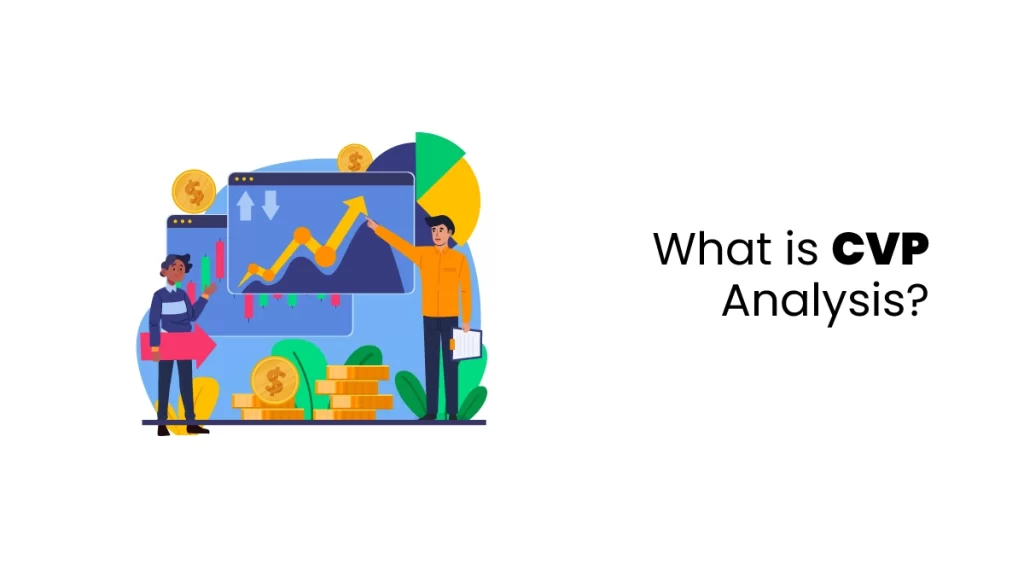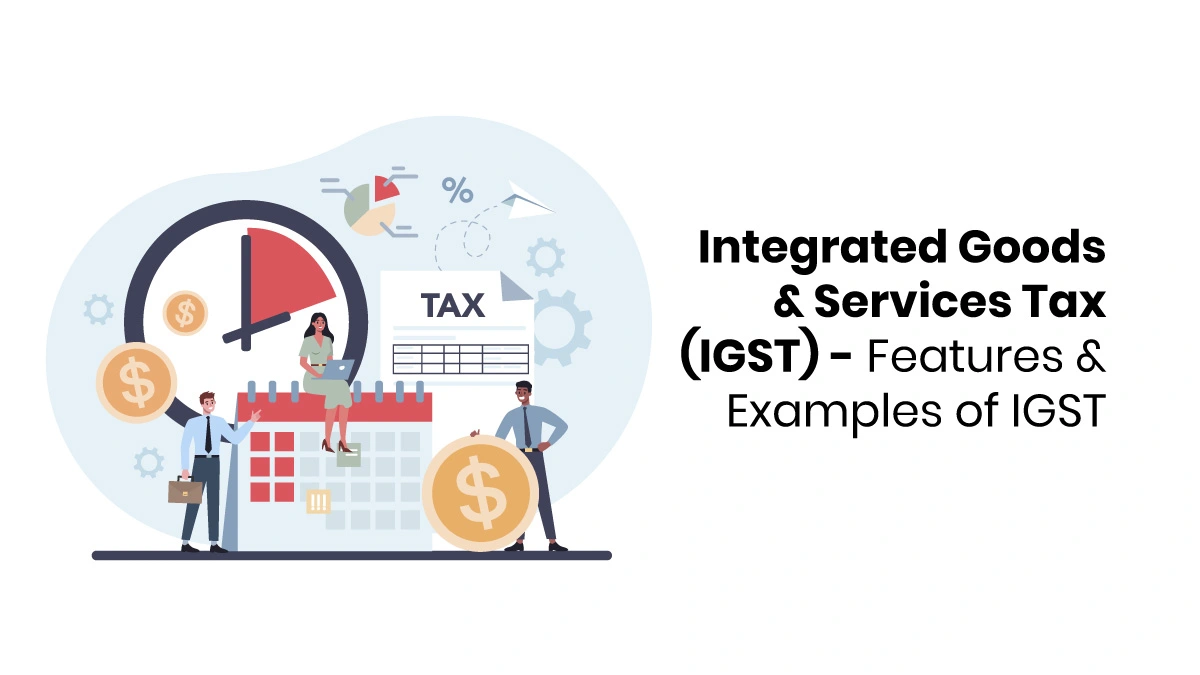Have you heard about the term CVP?
CVP analysis, also known as Cost-volume-profit, is a way to see how variance in costs and sales volume affect a company’s profit. It helps you determine how different spending and sales levels impact your bottom line. It’s often used to find the break-even point, sometimes called break-even analysis.
To understand even better, joining the best accounting courses online allows you to gain more knowledge in the accounting industry.
How is cost-volume-profit analysis used?
CVP analysis allows investors to understand the decisions that the company has made. For instance, if you put a target profit margin in place, this analysis will enable you to determine if a product has adequate demand to warrant its production. Suppose the analysis reveals that the number of units required is close to what is expected from the market. In that case, the company should go for the product.
What is cost-volume-profit analysis?
Companies must know how many products they need to sell to make money, and this CVP analysis helps them see how changes in fixed costs, variable costs, and sales can impact their profits.
A cost-volume-profit (CVP) analysis uses different formulas for pricing, costs, and other factors, which experts often show on a graph. This helps them find ways to improve their performance.
The break-even sales volume formula is:
Break-even sales volume = FC / CM
FC= Fixed Costs, CM= Contribution margin per unit.
Limitations of cost-volume-profit analysis
Cost-volume-profit analysis is helpful for planning a new product or making an existing one more profitable. However, it has some downsides due to certain key assumptions. For example, it assumes that all costs related to making a product, like raw materials and labor, will stay fixed in the future. But we know that prices usually rise over time. You can try to budget for higher costs, but it’s tough to predict just how high those long-term costs will go.
Another enormous assumption that makes cost-volume-profit analysis look good on the conceptual level is that every unit produced is sold every time. It also ventures to sell everything at the same price, regardless of other factors.

What makes up a cost-volume-profit analysis?
There are a few important pieces to cost-volume-profit analysis, but here are the main ones:
Fixed costs: These are costs that do not depend on how much money you have and can remain constant. Examples of such costs are rent or insurance civilizing expenses. All you need to do is the addition of the numbers to get the total.
Variable costs
All these costs vary with the amount of production. Even components like material, work, and sometimes even the utilities are not left behind, these all increase when one is making more products.
Sales revenue
It is all the money you earn from selling your products before subtracting the costs.
Contribution Margin
This is the amount left after subtracting the cost of making your product (variable costs) from what you sell it for (sales revenue). It’s basically what you have to cover your other costs. The formula is easy:
Sales revenue – Variable Costs = Contribution Margin
You can figure it out per item or as a percentage.
Break-even Point
This is where you’re not losing money, but you need to make a profit, too. It’s when your income equals your total costs. After this point, you can start making a profit. To find it, divide your fixed costs by the contribution margin:
Fixed Costs / Contribution Margin = Break-even Point
Target Profit
Target profit is deciding how much to get. Here, you can use this formula;
(Fixed Costs + Target Profit) / Contribution Margin = Required Sales Volume
This can be in units (number of products) or dollars.
Understanding this CVP leads to better decisions. It is used for both new and existing businesses. It’s all about keeping your finances on track and aiming for success! To succeed, joining accounting courses after graduation is the best option, which provides thorough knowledge and career opportunities in the job market.










